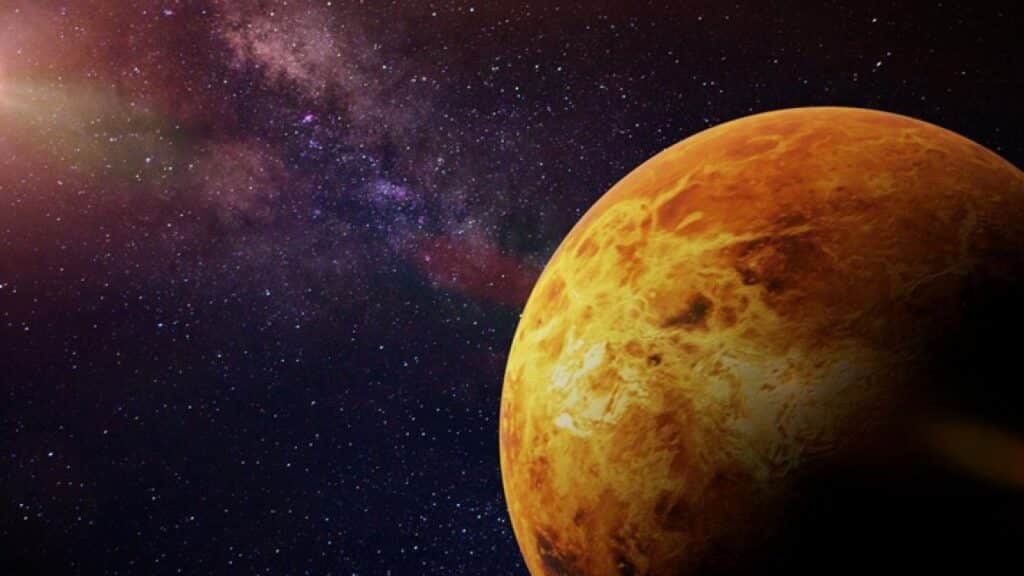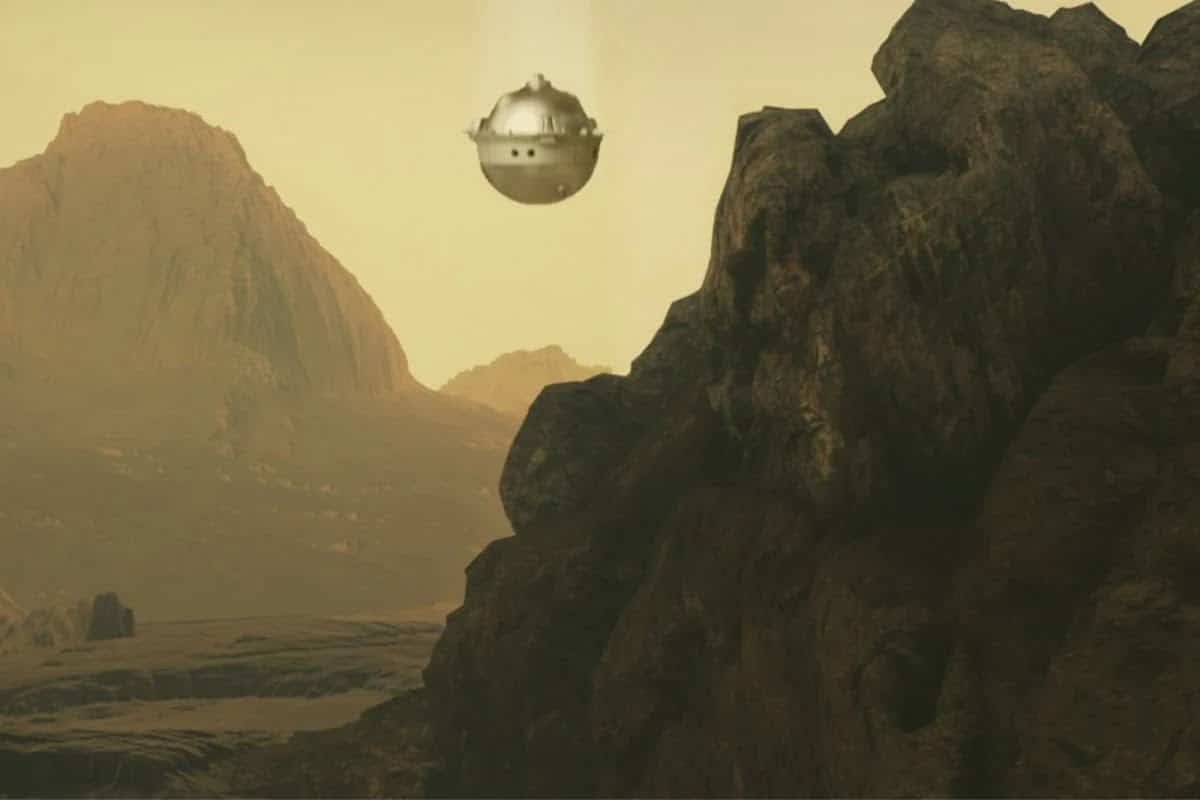NASA has made public plans for a new mission called Deep Atmosphere Venus Investigation of Noble Gases, Chemistry, and Imaging: for DAVINCI friends. The agency just released a paper describing the plan to fly through the multiple layers of Venus' atmosphere to its surface. If all goes as planned, DAVINCI will arrive on Venus in mid-2031 and will make history, says NASA, "as the first mission to go down there and reveal the planet's secrets."

The mission will actually follow another series of attempts, some very brilliant, which from 1965 to 1983 saw the planet Venus studied by 16 probes of the Russian space program called Venera. As one esteemed reader of this blog says, “let's give credit to Caesar where credit is due.”
DAVINCI, a little space genius
DAVINCI will be a flying chemical laboratory, measuring crucial and unknown elements of Venus' clouds, atmosphere and climate. The spacecraft will also capture images of the planet's highlands, recording their rock composition.
NASA researchers will analyze the data obtained from this mission by combining scientific instruments and penetrative sampling techniques. To collect these readings with excellent accuracy, a series of equipment and probes will be launched on the infernal surface of Venus. They will literally “plunge” 67 kilometers (42 miles) into the planet's atmosphere, taking hundreds of photos before crashing.
And once on the ground?
Let's clarify one thing, even NASA itself says so in its Press release. DAVINCI is not obliged to function once on the ground. It will drop at 12 meters per second and could easily break: all the data you need will be detected during the fall. But if he survives, scientists say, he'll have another 17 or 17 minutes to get a peek at the surface of Venus as well.

What could DAVINCI discover?
The goal is to detect undiscovered gases, and through their study understand more about the evolution of water on our Earth, including its origin as a liquid or vapor in the primordial atmosphere.
In this way we will reveal other mysteries about the atmospheric and geological history of the planet. “These chemical and environmental data will provide a picture of Venus' layered atmosphere and how it interacts with the surface,” he says Jim Garvin, director of the DAVINCI project.
Get busy, little genius. Down here we are all curious to know more.


